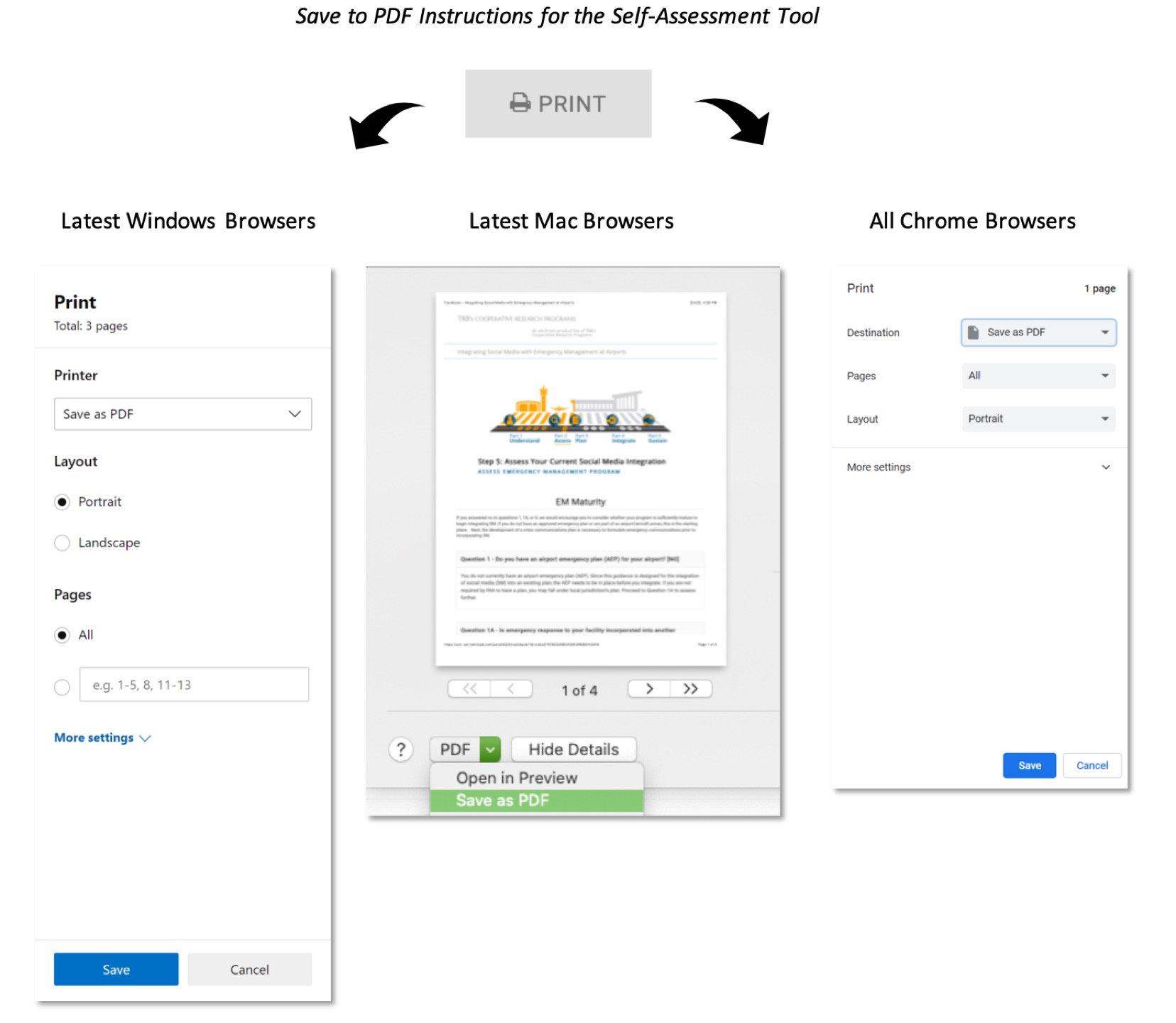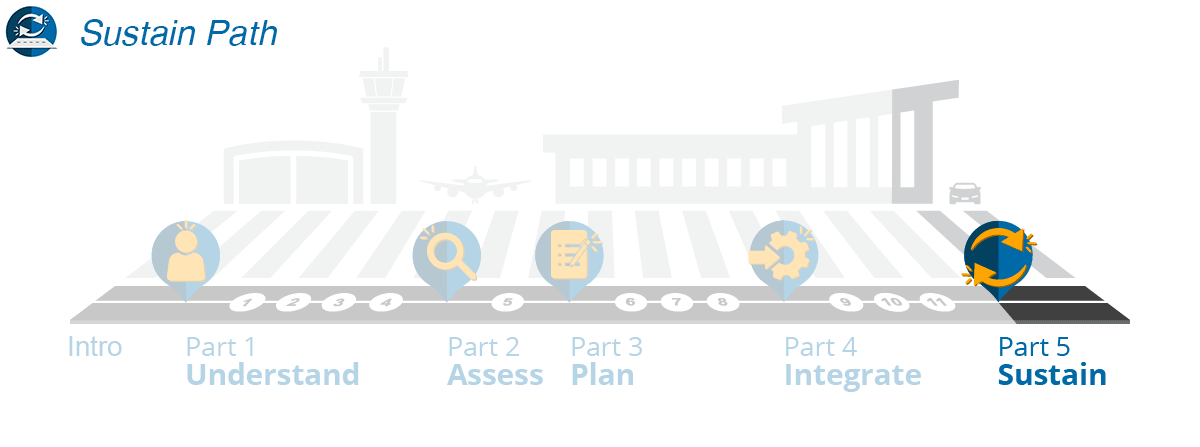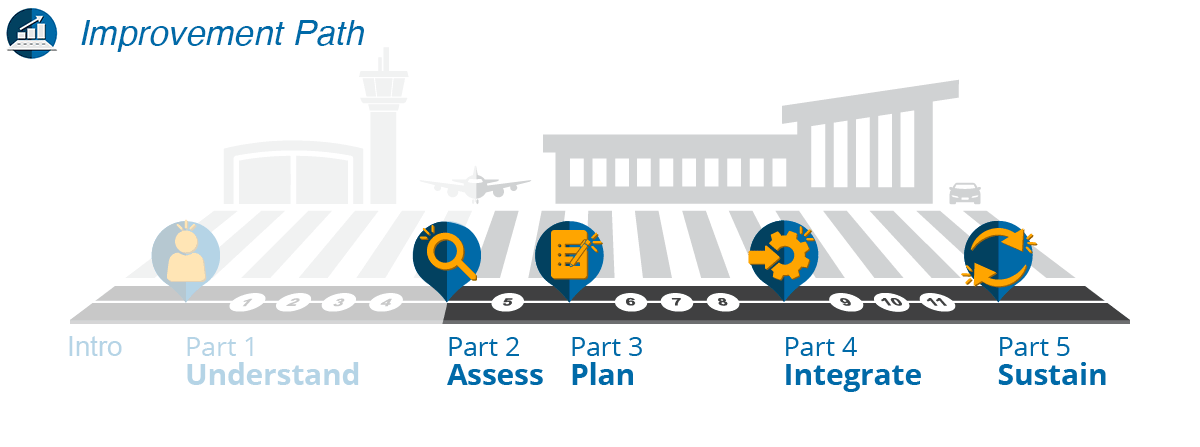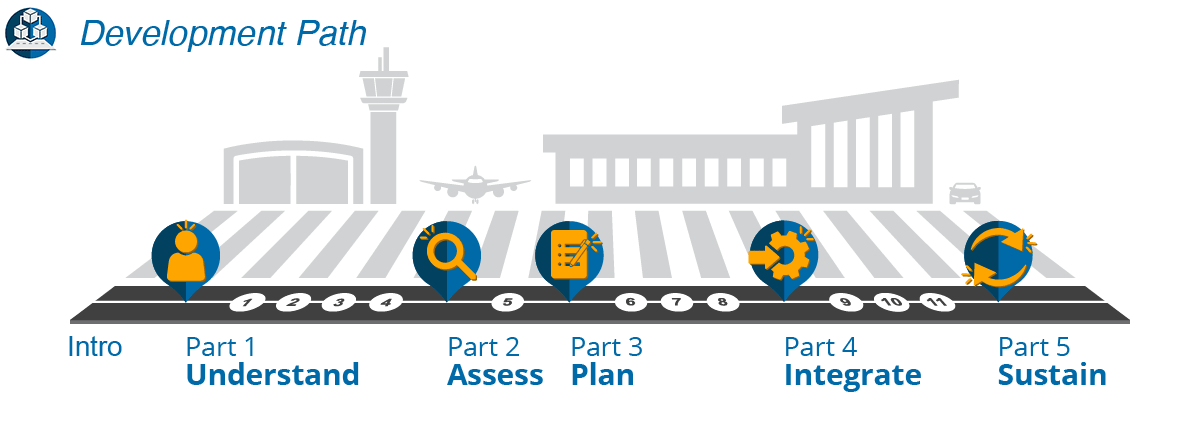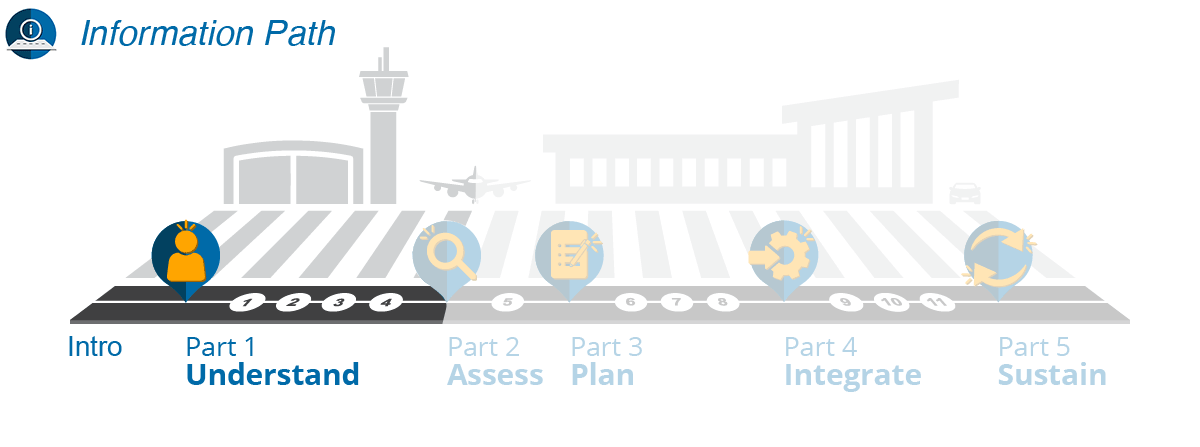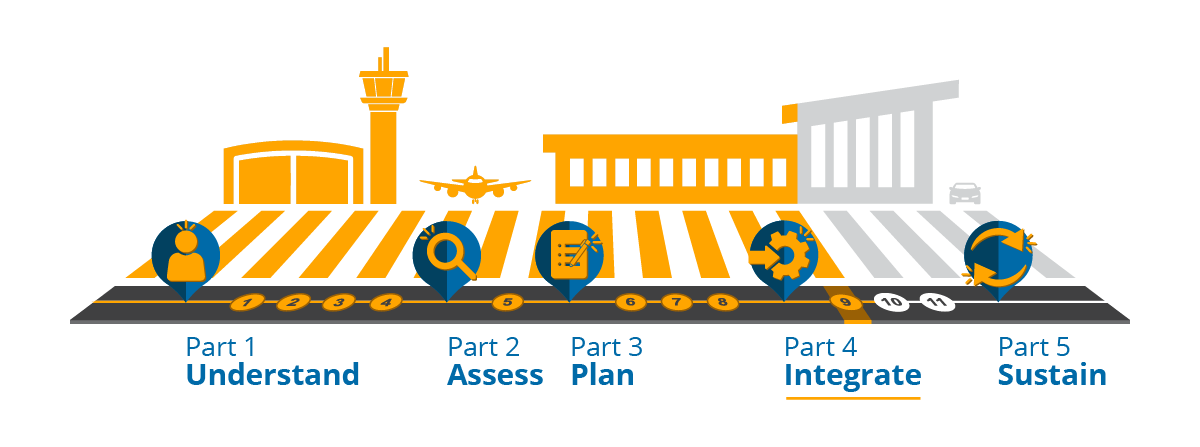
Step 9: Establish Your Integration Needs
Success Measures
In Step 7, you identified a vision, goals, and objectives by focusing on your “why.” In Step 8, you determined what level of integration you will implement. In this step, we now set out means for you to measure the success of your program. This step is important to ensure you do not lose sight of the vision, goals, and objectives you have established.
SM integration takes time and resources to accomplish; by setting achievable objectives, you can establish an environment to measure your progress toward these objectives. For example, are you able to spot a crisis spreading onto the social web within the first few minutes? If so, timeliness is a measure of success. After all, being aware of the event is the first step in taking control of it.
As you begin to use the SMEM program, you will have the opportunity to evaluate your measurements against actual data. For example, have you established a benchmark on when your first engagement/posting will occur for an event? If so, you can track your response time, use this to assess your procedures, and establish challenging yet reasonable performance measures. As you build these measures and track and assess them over time, you should see improvements in response, number of followers, trust, customer satisfaction, and other measures that help to justify the investment made in SM integration and tools.
To get you started, we include below a few examples of success measures for your consideration. Many of the success measures listed below are daily operational and business measurements. Although not every success measure listed is specific to SM, we include them for you to evaluate how SMEM can be used to communicate during irregular operations (IROPS) or other incidents that affect the airport. Integrating SM well will greatly enhance communication with passengers and community team stakeholders, allowing smooth daily operations and quick recovery following an incident. We also suggest that you review ACRP Report 19: Developing an Airport Performance-Measurement System for additional success measures (http://www.trb.org/Publications/Blurbs/164175.aspx).
Whichever success measures you put in place, make sure these measures are tied back to your existing business or operational objectives. The measures are important not only to assessing your operations, but also to promoting the program.
Social Media (best determined from post-event analysis)
- SM intake (initial response)
- Are SM tools and processes capturing the key SM postings of which stakeholders want to be aware? This is to be determined in a post-event situation where historic posts can be reviewed, and the airport can see whether its systems/processes caught the information and notified the appropriate sources. In this effort, SM intake is measuring how quickly you first recognize an issue.
- SM management (providing a sense of how the process is working)
- Are SM posts that need to be forwarded to the incident command (IC) being forwarded quickly [time-based key performance indicator (KPI)] and effectively (effectiveness-based KPI) to improve decision-making?
- Identify your benchmark and track your performance.
- SM response
- Effectively posting timely SM messages to the right audience.
- Establish planned intervals for publishing based on incident type.
- Determine engagement benchmarks; how quickly will you respond to posts or messages by level of urgency (i.e., life/safety, operational issues, inquiries, etc.)?
- Responding via the appropriate SM channel (your timeline for posting may be channel specific).
Operations
- Airport-wide
- Time airport terminals will be reopened for business based on incident type and time of resolution (i.e., following a bomb threat, how quickly are areas reopened and when does screening get back to normal levels?)
- All stakeholders need to coordinate the opening times of their lines of business [airport, airline, Transportation Security Administration (TSA), concessions, etc.], otherwise, passengers will be left waiting for one or more lines of business to provide service. This can potentially result in a secondary incident as the volume of passengers waiting to proceed through the next step in their departure process grows and passengers become frustrated with their inability to continue their processing.
- Time airport terminals will be reopened for business based on incident type and time of resolution (i.e., following a bomb threat, how quickly are areas reopened and when does screening get back to normal levels?)
- Airfield operations
- Airfield acceptance rate
- Sets the sustainable throughput rate for the airport. Establishing a benchmark can provide indicators for when to communicate with passengers and the whole community on potential impacts.
- Aircraft extended tarmac delays
- Tracking aircraft tarmac delays and monitoring SM for potential rising issues from them can help avoid public relations issues and potential Federal Aviation Administration (FAA) fines.
- Duration of runway closure during events/incidents (pertains to aircraft accidents, snow cleaning, etc.)
- Informs FAA and airlines in establishing airspace and airfield operational flows.
- Airfield departure and taxiing delays
- Affects airline on-time-performance and can result in airfield gridlock as aircraft queue for departure; tracking these along with associated SM traffic to be prepared for assisting passengers.
- Airfield acceptance rate
- Airline operations
- On-time performance
- Average arrival delay (A+15).
- Average departure delay (D+5).
- Missed baggage rate
- Passenger misconnected rate
- On-time performance
- Airport train/transportation system(s)
- Average delay
- Anticipated time to return to service
- Backup transportation plan performance
- Delays, queuing, misconnected passengers/employees, etc.
- Customs and Border Protection (CBP)
- Passenger processing statistics (affects connecting passengers and baggage)
- Average passenger processing delay.
- Average passenger queue length (also time spent in queue).
- Passenger processing statistics (affects connecting passengers and baggage)
- TSA security checkpoint delay
- Law enforcement
- Airlines and others interested in knowing anticipated time/date of reopening affected area
- Important during security threat (bomb)—desire quick evaluation and neutralization of the threat.
- Important during active shooter event—affects passenger ticketing, processing, etc., setting alternative means plan.
- Airlines and others interested in knowing anticipated time/date of reopening affected area
Emergency Management
- Emergency operations center (EOC) activation/opening time: time from when the EOC was requested until opening, and the first situation update
- Joint information center (JIC) activation time: time from when the JIC was requested until opening
- Staging activation time
- Time from when the JIC was requested until opening
- Arrival of first resources
- Stakeholder notification: when first mass notification to airport community occurred
- Stakeholder communications line (bridge line) established
- Mobile command post arrival and activation
With the “why” (Step 7) and the “success measures” clarified and established, quickly re-evaluate your “who” (Step 6) and make any adjustments or updates as needed. Ultimately, work with your whole community on how to collaborate on establishing, monitoring, and assessing success measures that benefit all community members.
